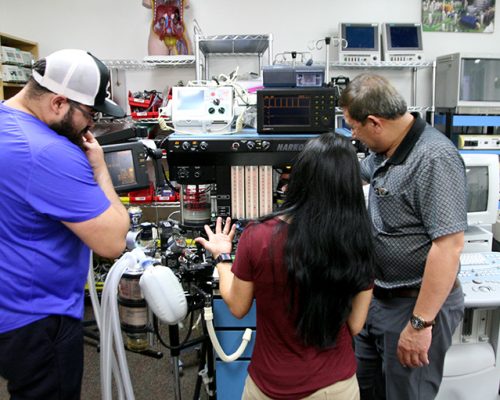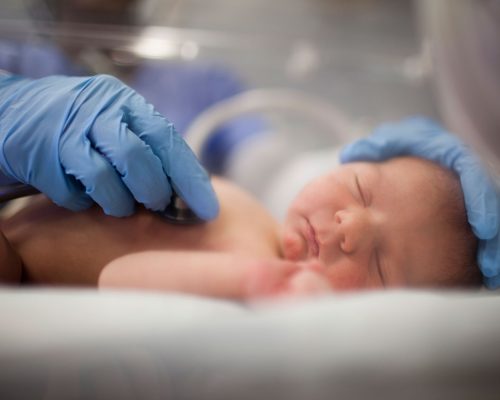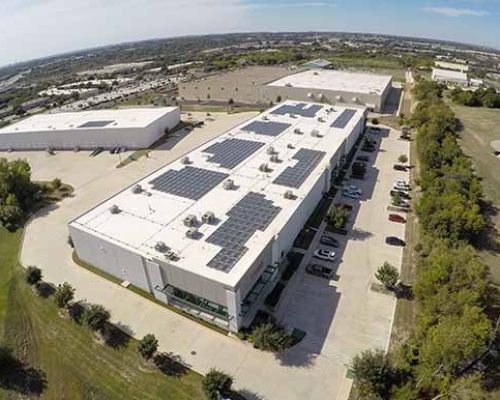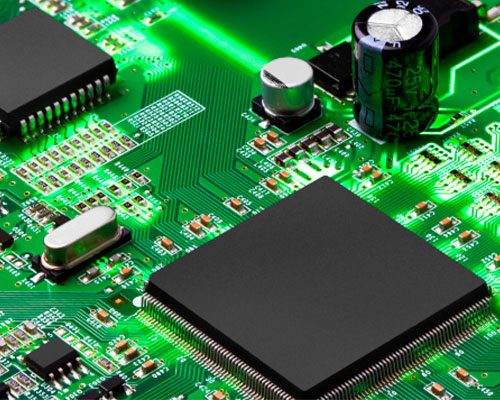Neonatal transport is a highly specialized field, requiring a combination of advanced medical equipment, dedicated healthcare professionals, and precise coordination. Ensuring the safety and health of the smallest patients during transportation is of utmost importance. In this blog post, we explore various types of equipment commonly used during neonatal transport.
Transport Incubators: The Hub of Neonatal Transport
Transport incubators are crucial equipment in neonatal transport, serving as the foundation that accommodates various systems essential for neonatal care. These devices are engineered to provide a stable and controlled thermal environment, which helps protect the infant from temperature and humidity changes during transportation.
More than just providing environmental control, the transport incubator functions as the central point where all key neonatal care systems converge. It houses vital sign monitoring systems that continually track the infant’s health status, along with support for a range of life-sustaining treatments. These incubators are an integral part of neonatal transport, demonstrating how different pieces of medical equipment can work together efficiently to care for NICU patients.
Within a transport incubator designed for a NICU patient, you can expect to find the following systems integrated:
Patient Monitors
Patient monitors serve as a cornerstone within the transport incubator system. These devices continuously track and display the infant’s vital signs, providing critical real-time data to healthcare professionals.
The primary vital signs monitored include heart rate, respiratory rate, blood pressure, and oxygen saturation levels. This constant monitoring enables swift and accurate responses to any changes in the infant’s physiological condition during transport.
These monitors are designed with specific considerations for the unique needs of neonates. With sensitive sensors and advanced algorithms, they offer accurate and reliable data while being gentle on the infant’s fragile skin and delicate physiology.
In essence, patient monitors play a significant role in facilitating the seamless coordination of neonatal care during transport, underscoring their importance in the multifaceted transport incubator system.
Conventional Ventilators
When it comes to managing respiratory distress in neonates during transport, conventional ventilators play a vital role. Roughly 10-20% of infants in the NICU will receive conventional ventilation. Unlike high-frequency ventilators, which deliver small volumes of air at high frequencies and are often used as a last measure for respiratory distress, conventional ventilators offer more traditional modes of ventilation that can be tailored to the needs of the individual infant. These ventilators provide controlled and synchronized breaths, enabling healthcare professionals to set specific parameters such as the rate of breaths, the volume of air delivered, and the oxygen concentration. This allows for more individualized care and can accommodate a wider variety of respiratory conditions.
Infant Cooling Systems
In certain cases, a process known as neonatal body cooling or newborn therapeutic hypothermia may be required to treat a condition called hypoxic-ischemic encephalopathy (HIE) in infants. This treatment involves lowering the infant’s body temperature to a specific level. Infant cooling systems are designed to provide this controlled cooling environment, an essential feature during transport due to fluctuating external temperatures. The operation of these systems requires careful management to uphold the exact temperature necessary for this specific facet of neonatal care.
Nitric Oxide Delivery System
For newborns experiencing respiratory distress or high blood pressure in the lungs, a nitric oxide delivery system may be necessary. Nitric oxide is a gas that can help relax and dilate blood vessels in the lungs, improving oxygen levels. In neonatal transport, a portable delivery system allows this treatment to continue uninterrupted during the journey.
Video Laryngoscope
A video laryngoscope is an essential piece of equipment in neonatal transport, especially in situations where the infant requires intubation for ventilation. The device provides healthcare providers with a clear, magnified view of the infant’s vocal cords, making the intubation process safer and more precise.
High-Frequency Ventilator
For critically ill neonates, high-frequency ventilators are often used as a last means to address respiratory distress. These devices deliver small volumes of air at high frequencies, helping to maintain optimal oxygen levels and supporting the infant’s respiratory function. Transport-specific high-frequency ventilators are designed for portability and ruggedness to endure the rigors of transport conditions.
Infant Positioning Aids
Though not categorically a “system” within a transport incubator, infant positioning aids are regularly employed during neonatal transport. Correct positioning of a neonate during transport is crucial. Infant positioning aids play an important role in maintaining optimal physiological positioning, ensuring the safety of the infant during transportation, and reducing the risk of injury or discomfort. These aids include various cushions, rolls, and straps designed to offer support and stability.
International Biomedical Is A Leading Provider of Neonatal Transport Equipment
Neonatal transport is a challenging field that necessitates the precise coordination of medical expertise and cutting-edge technology. Every piece of equipment serves a crucial function in maintaining the safety and comfort of infants during transport. As we navigate the future of this specialized area, International Biomedical stands as a leading provider of cutting-edge neonatal transport equipment. Our commitment is to continually support healthcare professionals, delivering reliable solutions for this critical aspect of neonatal care.









